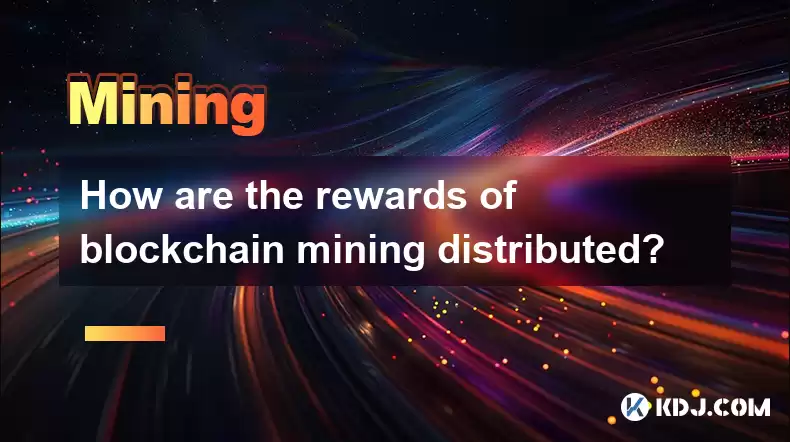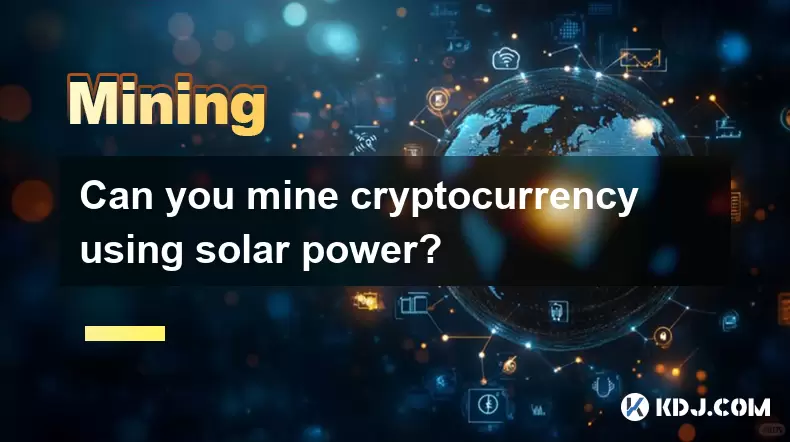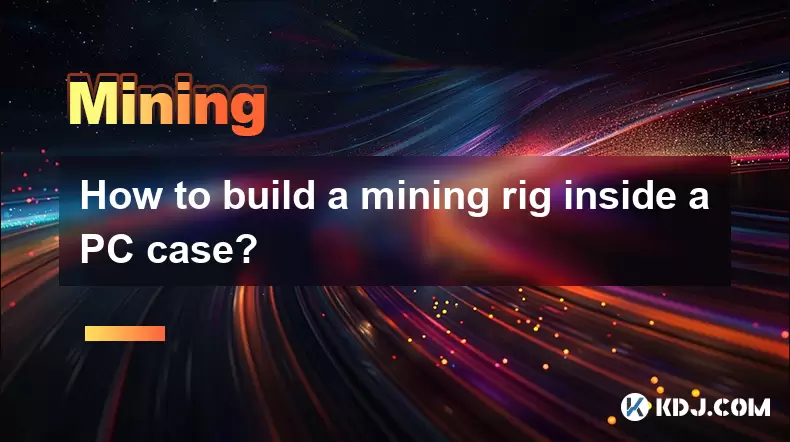-
 Bitcoin
Bitcoin $117500
2.15% -
 Ethereum
Ethereum $3911
6.19% -
 XRP
XRP $3.316
10.79% -
 Tether USDt
Tether USDt $1.000
0.01% -
 BNB
BNB $787.2
2.24% -
 Solana
Solana $175.2
4.15% -
 USDC
USDC $0.9999
0.00% -
 Dogecoin
Dogecoin $0.2225
8.40% -
 TRON
TRON $0.3383
0.28% -
 Cardano
Cardano $0.7868
6.02% -
 Stellar
Stellar $0.4382
9.34% -
 Hyperliquid
Hyperliquid $40.92
7.56% -
 Sui
Sui $3.764
7.63% -
 Chainlink
Chainlink $18.48
10.66% -
 Bitcoin Cash
Bitcoin Cash $582.1
1.88% -
 Hedera
Hedera $0.2601
6.30% -
 Avalanche
Avalanche $23.33
4.94% -
 Ethena USDe
Ethena USDe $1.001
0.02% -
 Litecoin
Litecoin $122.3
2.04% -
 UNUS SED LEO
UNUS SED LEO $8.969
-0.27% -
 Toncoin
Toncoin $3.339
0.86% -
 Shiba Inu
Shiba Inu $0.00001287
4.30% -
 Uniswap
Uniswap $10.43
7.38% -
 Polkadot
Polkadot $3.861
5.08% -
 Dai
Dai $1.000
0.02% -
 Bitget Token
Bitget Token $4.513
3.41% -
 Monero
Monero $267.7
-6.18% -
 Cronos
Cronos $0.1499
4.14% -
 Pepe
Pepe $0.00001110
5.15% -
 Aave
Aave $284.9
8.28%
How are the rewards of blockchain mining distributed?
Blockchain mining rewards, distributed via consensus mechanisms like Proof-of-Work (PoW) or Proof-of-Stake (PoS), depend on factors such as hash rate (PoW), stake size (PoS), and transaction fees; PoW rewards miners solving cryptographic puzzles, while PoS rewards validators for staking cryptocurrency.
Mar 17, 2025 at 06:24 pm

Key Points:
- Blockchain mining rewards are distributed according to the specific consensus mechanism used by the blockchain.
- Proof-of-Work (PoW) blockchains distribute rewards to miners who successfully solve complex cryptographic puzzles.
- Proof-of-Stake (PoS) blockchains distribute rewards to validators who stake their cryptocurrency to secure the network.
- Reward distribution varies based on factors such as hash rate (PoW), stake size (PoS), and network difficulty.
- Transaction fees are often included in mining rewards, increasing potential earnings.
How are the rewards of blockchain mining distributed?
The distribution of rewards in blockchain mining is a critical aspect of its functionality and economic model. The method depends heavily on the consensus mechanism employed by the specific blockchain. The two most prominent are Proof-of-Work (PoW) and Proof-of-Stake (PoS).
Proof-of-Work (PoW) Reward Distribution:
In PoW systems, like Bitcoin, miners compete to solve complex mathematical problems. The first miner to solve the problem adds a new block to the blockchain and receives a block reward. This reward is a predetermined amount of the cryptocurrency, defined in the blockchain's protocol. The block reward is typically halved at predetermined intervals (Bitcoin's halving occurs approximately every four years). Alongside the block reward, miners also collect transaction fees included within the block they successfully mine.
- The distribution is directly proportional to the computational power (hash rate) a miner contributes to the network. Miners with more powerful hardware have a higher probability of solving the puzzle and earning the reward.
- Mining pools are common in PoW systems. These pools combine the hashing power of many miners, increasing their chances of finding a block. Rewards are then distributed among pool members based on their contributed hash rate. This reduces the variance in individual miner earnings.
Proof-of-Stake (PoS) Reward Distribution:
Proof-of-Stake systems operate differently. Instead of competing with computational power, validators stake their cryptocurrency to secure the network. Validators are chosen randomly, proportionally to the amount of cryptocurrency they have staked. The chosen validator proposes and validates the next block, earning rewards for their service. These rewards are typically a percentage of the transaction fees included in the block.
- The distribution is proportional to the amount of cryptocurrency staked. Validators with larger stakes have a higher chance of being selected to validate blocks and earn rewards.
- Similar to PoW, some PoS systems use staking pools, allowing individuals with smaller stakes to participate and share the rewards proportionally to their contribution.
Factors Influencing Reward Distribution:
Several factors influence the distribution of mining rewards beyond the basic consensus mechanism.
- Network Difficulty: In PoW systems, network difficulty adjusts to maintain a consistent block generation time. Increased network hash rate leads to increased difficulty, making it harder to earn rewards.
- Stake Size (PoS): In PoS systems, the size of the stake directly influences the probability of being chosen to validate blocks. Larger stakes increase the chances of earning rewards.
- Transaction Fees: Both PoW and PoS systems incorporate transaction fees into the mining rewards. Higher transaction volume leads to higher fees and increased potential earnings for miners/validators.
- Block Reward Schedule: Many blockchains have a pre-defined schedule for reducing block rewards over time (like Bitcoin's halving). This helps control inflation and the overall supply of the cryptocurrency.
Other Consensus Mechanisms:
While PoW and PoS are the most prevalent, other consensus mechanisms exist, each with its unique reward distribution model. These include Delegated Proof-of-Stake (DPoS), Proof-of-Authority (PoA), and others. Understanding the specific mechanism of a given blockchain is essential to comprehend its reward distribution system.
Common Questions and Answers:
Q: Are mining rewards the only way to earn cryptocurrency?
A: No. Staking, trading, lending, and providing liquidity are also common ways to earn cryptocurrency.
Q: How much can I earn from mining?
A: The profitability of mining depends on several factors, including hardware costs, electricity prices, network difficulty, and the cryptocurrency's price. It can range from minimal to substantial, depending on these variables.
Q: Is mining cryptocurrency profitable?
A: The profitability of cryptocurrency mining is highly variable and depends on several factors mentioned above. It's crucial to conduct thorough research and cost analysis before investing in mining equipment.
Q: What are the environmental concerns related to PoW mining?
A: PoW mining, especially with Bitcoin, consumes significant amounts of energy. This has raised environmental concerns about its carbon footprint.
Q: What are the advantages of PoS over PoW in terms of reward distribution?
A: PoS generally offers more energy efficiency and potentially a more equitable distribution of rewards, as it doesn't rely on expensive specialized hardware. However, it may be more susceptible to certain types of attacks.
Q: How do I choose a suitable mining pool?
A: When choosing a mining pool, consider factors such as pool fees, payout frequency, pool size, and its reputation within the cryptocurrency community. A larger pool generally offers more consistent payouts, but fees may be higher.
Disclaimer:info@kdj.com
The information provided is not trading advice. kdj.com does not assume any responsibility for any investments made based on the information provided in this article. Cryptocurrencies are highly volatile and it is highly recommended that you invest with caution after thorough research!
If you believe that the content used on this website infringes your copyright, please contact us immediately (info@kdj.com) and we will delete it promptly.
- Tron's Sell-Off Spurs Altcoin Shift: What's Next for TRX?
- 2025-08-08 08:30:12
- Sleep Token's US Takeover: Thornhill Rides the 'Even In Arcadia' Wave
- 2025-08-08 08:30:12
- FTT Token's Wild Ride: Creditor Repayments vs. Market Drop - A New Yorker's Take
- 2025-08-08 07:10:12
- Floki Crypto Price Prediction: Riding the Robinhood Rocket or Just a Meme?
- 2025-08-08 07:15:12
- EigenLayer, Restaking, and Ethereum: Navigating the Hype and the Hazards
- 2025-08-08 06:30:12
- Super Bowl 59: Jon Batiste to Jazz Up the National Anthem
- 2025-08-08 06:30:12
Related knowledge

What is "proof-of-work" and how does it relate to mining?
Aug 07,2025 at 02:03pm
Understanding the Concept of Proof-of-WorkProof-of-work (PoW) is a consensus mechanism used in blockchain networks to validate transactions and secure...

What are the differences between mining on Windows vs. Linux?
Aug 06,2025 at 11:29pm
Overview of Cryptocurrency Mining PlatformsCryptocurrency mining involves using computational power to solve complex cryptographic puzzles and validat...

How to use an old computer for cryptocurrency mining?
Aug 07,2025 at 12:42pm
Understanding the Feasibility of Using an Old Computer for MiningUsing an old computer for cryptocurrency mining may seem outdated, but it is still te...

Can you mine cryptocurrency using solar power?
Aug 07,2025 at 12:00am
Understanding the Basics of Cryptocurrency MiningCryptocurrency mining involves validating transactions on a blockchain network by solving complex cry...

How to build a mining rig inside a PC case?
Aug 06,2025 at 11:01pm
Understanding the Basics of a Mining Rig in a PC CaseBuilding a mining rig inside a PC case involves transforming a standard computer chassis into a d...

What are the best cryptocurrencies to mine with an ASIC?
Aug 08,2025 at 01:22am
Understanding ASIC Mining and Its Role in CryptocurrencyASIC stands for Application-Specific Integrated Circuit, a specialized hardware designed to pe...

What is "proof-of-work" and how does it relate to mining?
Aug 07,2025 at 02:03pm
Understanding the Concept of Proof-of-WorkProof-of-work (PoW) is a consensus mechanism used in blockchain networks to validate transactions and secure...

What are the differences between mining on Windows vs. Linux?
Aug 06,2025 at 11:29pm
Overview of Cryptocurrency Mining PlatformsCryptocurrency mining involves using computational power to solve complex cryptographic puzzles and validat...

How to use an old computer for cryptocurrency mining?
Aug 07,2025 at 12:42pm
Understanding the Feasibility of Using an Old Computer for MiningUsing an old computer for cryptocurrency mining may seem outdated, but it is still te...

Can you mine cryptocurrency using solar power?
Aug 07,2025 at 12:00am
Understanding the Basics of Cryptocurrency MiningCryptocurrency mining involves validating transactions on a blockchain network by solving complex cry...

How to build a mining rig inside a PC case?
Aug 06,2025 at 11:01pm
Understanding the Basics of a Mining Rig in a PC CaseBuilding a mining rig inside a PC case involves transforming a standard computer chassis into a d...

What are the best cryptocurrencies to mine with an ASIC?
Aug 08,2025 at 01:22am
Understanding ASIC Mining and Its Role in CryptocurrencyASIC stands for Application-Specific Integrated Circuit, a specialized hardware designed to pe...
See all articles

























































































